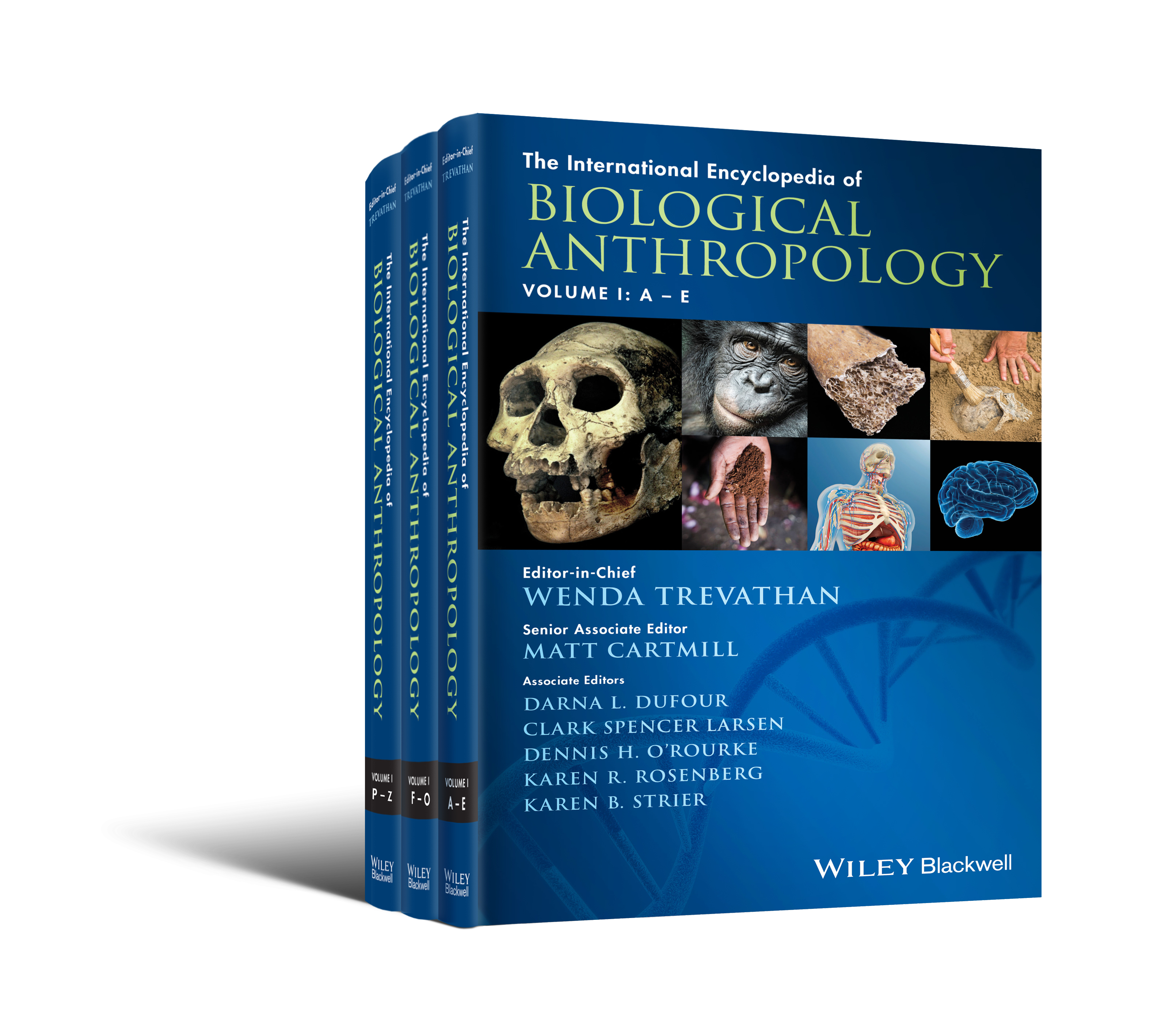Catarrhine origins
Abstract
The catarrhines are a group of anthropoid primates comprising the Old World monkeys, apes, and humans. The earliest record of fossil catarrhines, the propliopithecoids, comes from the Early Oligocene of Egypt (29–32 million years ago (mya)). The parapithecoids and oligopithecids from the Late Eocene and Early Oligocene (29–39 mya) of Afro-Arabia have previously been regarded as early catarrhines, but they are best identified as stem anthropoids that originated prior to the divergence of platyrrhines and catarrhines. The pliopithecoids are a diverse group of stem catarrhines widely distributed throughout Eurasia during the Miocene (18–7 mya). They are more derived than the propliopithecoids and represent the sister taxon of all other catarrhines. Saadanius from the Late Oligocene of Saudi Arabia (28–29 mya) is the earliest catarrhine with a fully developed tube-like ectotympanic, and this feature helps place Saadanius as the sister taxon to crown catarrhines. The dendropithecoids are a group of advanced stem catarrhines from the Miocene of East Africa (18–14 mya) that are more closely related to crown catarrhines than are the propliopithecoids, pliopithecoids, and saadanioids. The earliest fossil evidence of crown catarrhines comes from the Late Oligocene (25 mya) of Tanzania.



